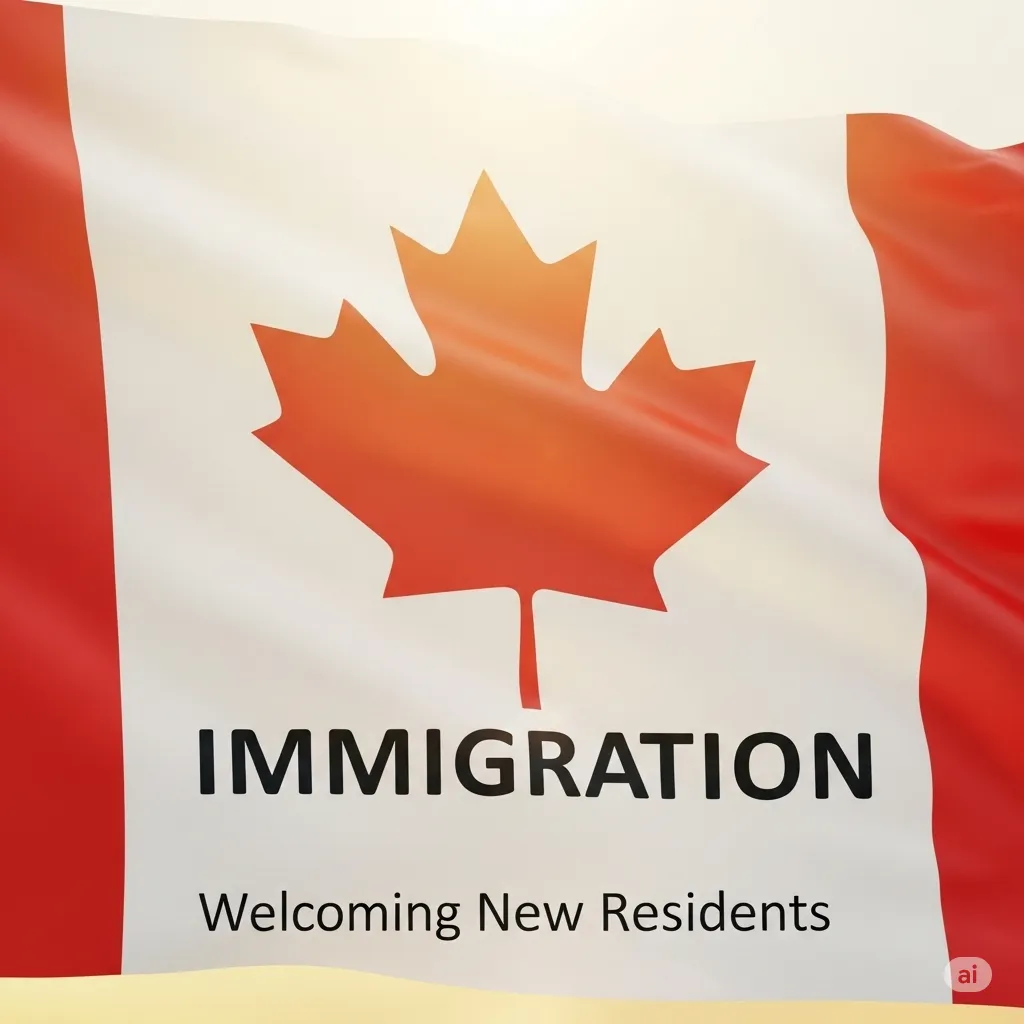How to Get Canada PR in 2025
Canada remains one of the most welcoming countries in the world for skilled immigrants, and in 2025, the dream of obtaining Permanent Residency (PR) continues to attract professionals, students, and families from around the globe. With strong job prospects, high quality of life, and a multicultural society, Canada offers multiple immigration pathways—primarily Express Entry and Provincial Nominee Programs (PNPs).
If you're planning to move to Canada this year, understanding the step-by-step PR process is essential. This guide will walk you through everything you need to know to start your Canadian journey with confidence.
✅ Step 1: Check Your Eligibility
Before starting your application, determine if you're eligible for Canadian PR. You can use the official Canada.ca eligibility tool to assess whether you qualify under the Express Entry or a Provincial Nominee Program.
Here are the key factors that affect eligibility:
-
Age – Applicants between 18–35 receive the highest points.
-
Language Proficiency – A high score on IELTS or CELPIP (English), or TEF (French), significantly boosts your chances.
-
Work Experience – Minimum one year of continuous skilled work (full-time) within the last 10 years is typically required.
-
Education – A post-secondary diploma or degree is mandatory. Foreign education must be assessed through an ECA (Educational Credential Assessment).
-
Adaptability – Points for factors like having a Canadian job offer, a spouse with language skills, or prior education/work in Canada.
✅ Step 2: Create Your Express Entry Profile
Once eligible, create an Express Entry profile on the IRCC (Immigration, Refugees and Citizenship Canada) website. Your profile will be evaluated under the Comprehensive Ranking System (CRS), which assigns points based on your age, education, work experience, language proficiency, and more.
CRS scores generally range from 300 to 500+. To increase your chances of receiving an Invitation to Apply (ITA), aim for the highest score possible.
✅ Step 3: Improve Your CRS Score
If your initial CRS score is lower than recent cutoff thresholds, don’t worry—you can improve it in several ways:
-
Boost Your IELTS/CELPIP Score: Rewriting the language test and scoring higher can significantly raise your CRS.
-
Secure a Job Offer: A valid job offer from a Canadian employer can add 50–200 points.
-
Apply for Provincial Nomination: PNPs offer 600 additional CRS points—almost guaranteeing an ITA.
-
Add Spouse Credentials: Your spouse’s IELTS score, education, and experience can contribute extra points.
-
Pursue Further Education: Completing a Canadian diploma or degree can also improve your profile.
✅ Step 4: Receive an Invitation to Apply (ITA)
Once your CRS score meets or exceeds the cutoff in a regular Express Entry draw, you’ll receive an Invitation to Apply (ITA) for permanent residence.
After receiving the ITA:
-
You have 60 days to complete and submit your PR application.
-
Ensure all documents are valid, up-to-date, and translated (if applicable).
✅ Step 5: Gather and Submit Required Documents
Your application must include a full set of documents to support the information provided in your Express Entry profile. Here's what you'll typically need:
-
Passport or travel document
-
IELTS or CELPIP test results
-
ECA report from WES, IQAS, or another authorized body
-
Proof of work experience (reference letters, contracts)
-
Proof of funds (bank statements showing sufficient savings to support your family in Canada)
-
Police clearance certificates for each country lived in for more than 6 months since age 18
-
Medical exam results from an IRCC-approved panel physician
-
Digital photo and identity documents
Organize all documents neatly and scan them in the correct format as required by IRCC.
✅ Step 6: Wait for the Final Decision
Once submitted, your PR application enters the processing stage. As of 2025, Express Entry applications are typically processed within 6 to 12 months. You can track the progress of your application through your IRCC account.
During this time:
-
Respond promptly to any additional document requests or updates from IRCC.
-
Keep your profile information accurate, especially if you change jobs, get married, or have children.
-
Avoid travel restrictions that may delay biometric appointments or medicals.
Once your application is approved, you’ll receive a Confirmation of Permanent Residence (COPR) and a PR visa (if applicable). You can then officially move to Canada and begin your new life!
🗒️ Bonus Tips for PR Success in 2025
-
Stay Updated: Follow IRCC and provincial websites for draw updates and program changes.
-
Use an Immigration Consultant: If unsure, a licensed RCIC (Regulated Canadian Immigration Consultant) can guide you.
-
Explore PNP Options: Some provinces like Ontario, Alberta, and British Columbia offer tech-friendly or job-specific streams that are easier to qualify for.
🎯 Conclusion
Getting Permanent Residency in Canada in 2025 is highly achievable—especially if you take a structured, informed approach. Start by checking your eligibility, build a strong Express Entry profile, gather the right documents, and stay proactive throughout the process.
Canada PR process step-by-step
Whether through Express Entry or a PNP, your Canadian dream is within reach. The sooner you start, the closer you’ll be to becoming a permanent resident of one of the most opportunity-rich countries in the world.








